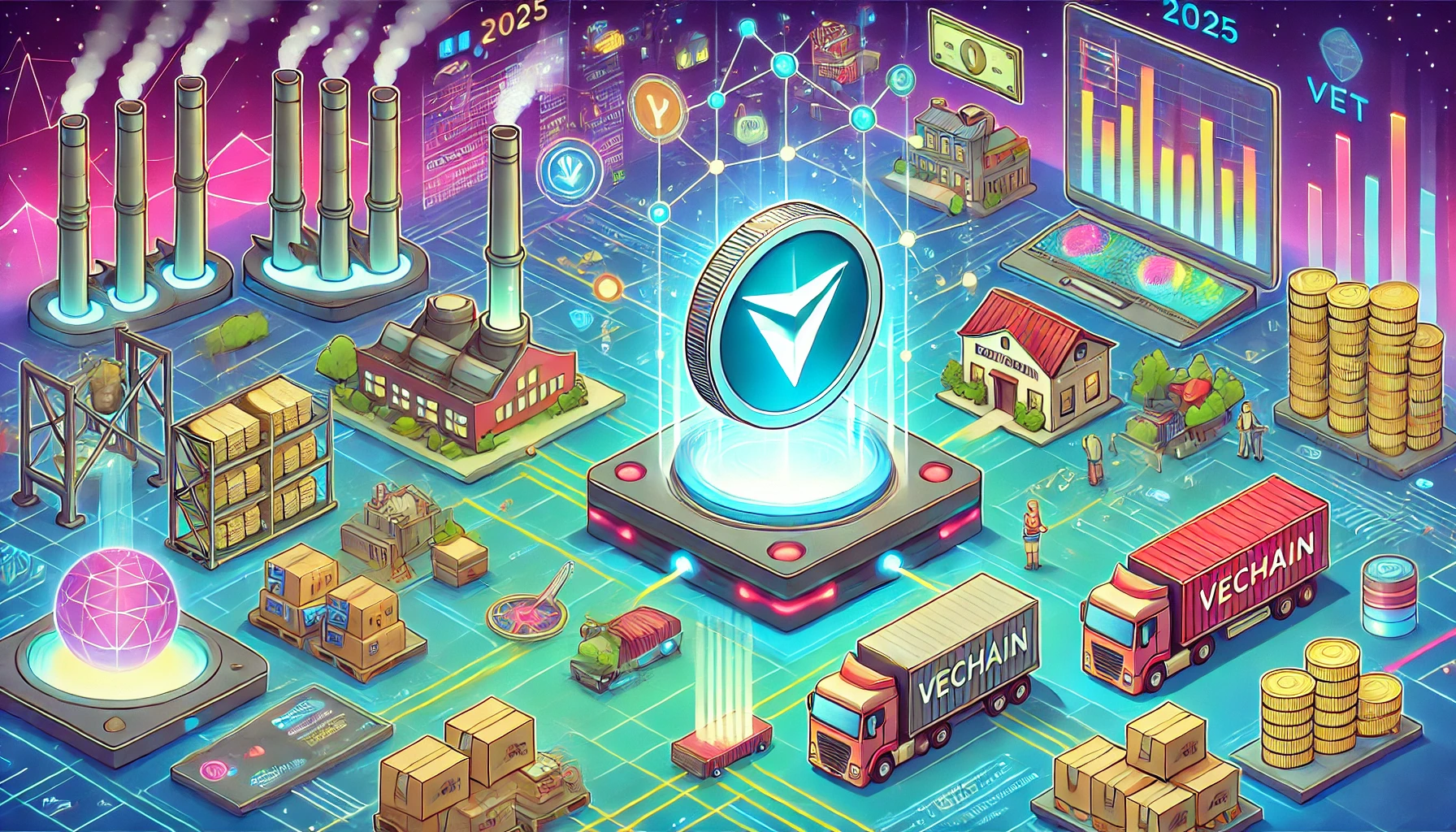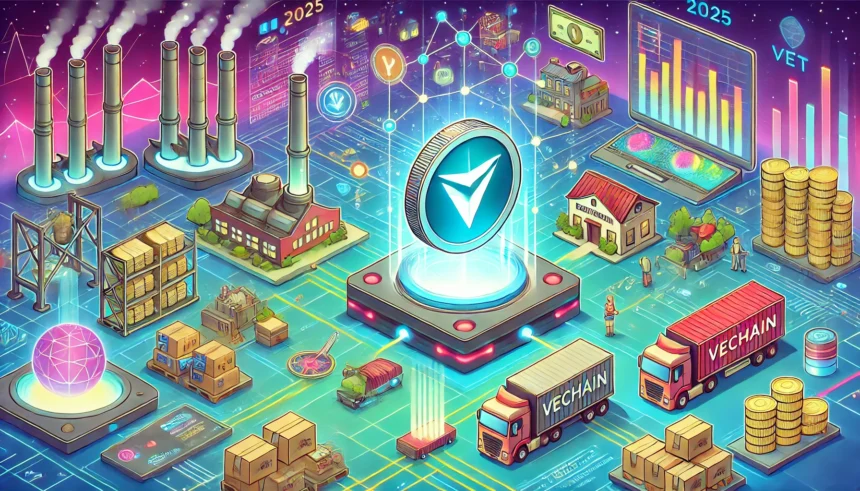
- VeChain’s ‘X-2-Earn’ model rewards electric vehicle drivers with carbon credits based on travel distance and emissions offset, making sustainability financially beneficial through blockchain-backed incentives.
- The launch of VeBetterDAO expands sustainability efforts by introducing decentralized applications like ‘Plant-2-Earn’ and ‘Sweat-2-Earn,’ ensuring fair reward distribution and long-term engagement.
VeChain is reshaping sustainability by introducing the ‘X-2-Earn’ model, which rewards individuals for eco-friendly choices. Electric vehicle drivers now have an opportunity to earn carbon credits based on their travel distance and the emissions they offset compared to traditional gasoline engines. These credits can be exchanged for discounts on food, insurance, and healthcare products, making sustainable choices financially rewarding.
Experience 'X-2-Earn' sustainability in action with #VeChain!
Drive EVs, offset carbon, and earn credits for everyday spending. Powered by Web3, this simple concept revolutionizes incentives. Imagine its impact across industries! #VET is leading the charge towards a… pic.twitter.com/FikfcOPTFX
— Collin Brown (@CollinBrownXRP) February 9, 2025
By integrating blockchain technology, VeChain ensures transparency and legitimacy in credit distribution. This innovative approach creates an incentive-driven system that motivates industries and individuals to adopt environmentally friendly practices. With the backing of Web3 technology, the model fosters a long-term commitment to sustainability while offering tangible benefits to participants.
The initiative places VeChain at the forefront of sustainable innovation. Through Web3 integration, users not only contribute to environmental well-being but also gain financial incentives, demonstrating that blockchain technology can be a powerful force in merging economic growth with environmental responsibility.
X-2-Earn Offers Carbon Credits for EV Drivers
VeChain’s Low Carbon Ecosystem, launched in collaboration with DNV and electric vehicle manufacturer BYD, serves as a real-world proof of concept for the ‘X-2-Earn’ model. Since 2018, BYD electric vehicle drivers have been able to voluntarily share travel data at the end of each journey. Smart contracts, co-developed with DNV, then calculate the carbon offset and reward the drivers with carbon credits.
The use cases for #VeChain's #blockchain technology are limitless.
We've built use cases with major global vehicle brands including BYD, Renault & BMW, on areas from carbon credits to digital vehicle log books and odometer fraud prevention.$VET is a data management revolution. pic.twitter.com/HEGbso9Lyf
— VeChain (@vechainofficial) January 27, 2023
Blockchain technology ensures that these credits are accurate and tamper-proof, allowing seamless collaboration across industries without concerns about data quality. With a strong enterprise network and multiple real-world applications, VeChain’s model is positioned to revolutionize green incentives.
Beyond its technical backbone, Web3 is transforming sustainability into a social movement. Transparency and community-driven decisions define this era, creating an inclusive system where contributions to sustainability are acknowledged and rewarded. VeChain emphasizes that environmental responsibility should not be an individual burden but a collective effort where good actions receive fair incentives.
VeBetterDAO: A New Hub for Sustainability
Expanding on the success of its earlier initiatives, VeChain has launched the VeBetterDAO ecosystem. This new platform will drive the next generation of sustainability-focused ‘X-2-Earn’ decentralized applications (dApps). It will add a new layer of engagement, encouraging individuals and businesses alike to take part in the movement.
The ‘X’ in ‘X-2-Earn’ represents a flexible concept that can be applied to various sustainability initiatives. Whether it’s ‘Plant-2-Earn’ for tree planting or ‘Sweat-2-Earn’ for fitness-based incentives, the model can adapt to multiple use cases. B3TR tokens will be distributed across these dApps to fuel participation, ensuring continued incentivization for users.
A structured allocation model ensures fair distribution of rewards. 30% of the allocation pool is evenly distributed among all qualified applications, while the remaining 70% is distributed based on the percentage of votes each app receives. To prevent a single project from dominating, a cap limits how much any initiative can receive, ensuring a minimum of six projects participate in the weekly voting process.






